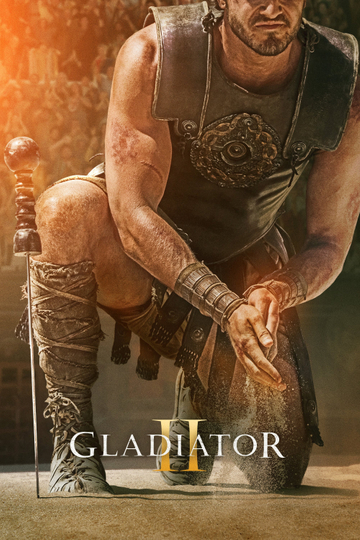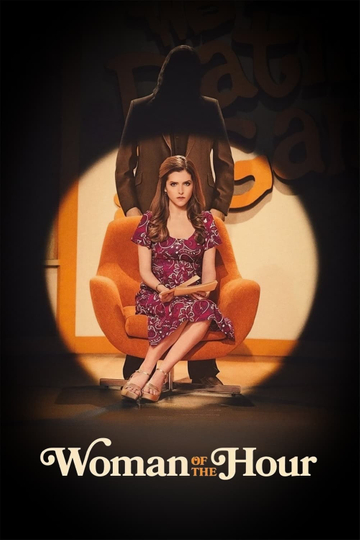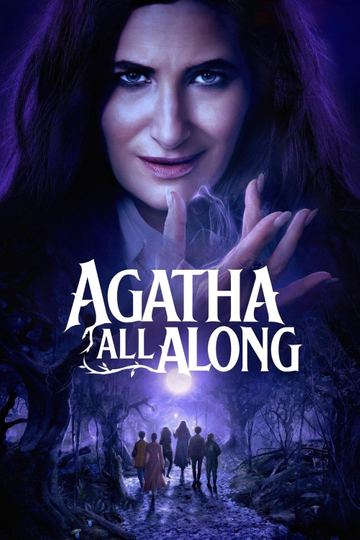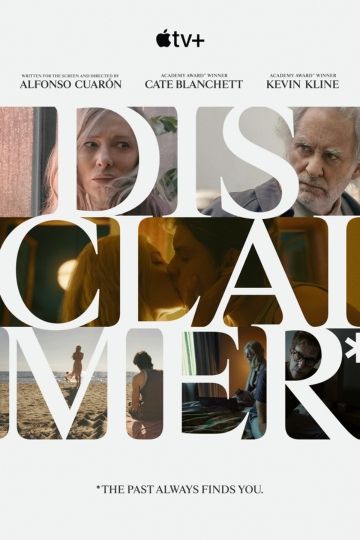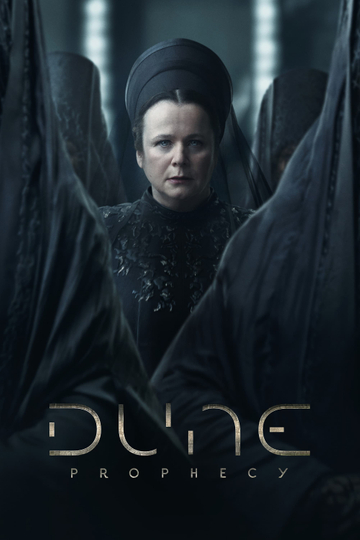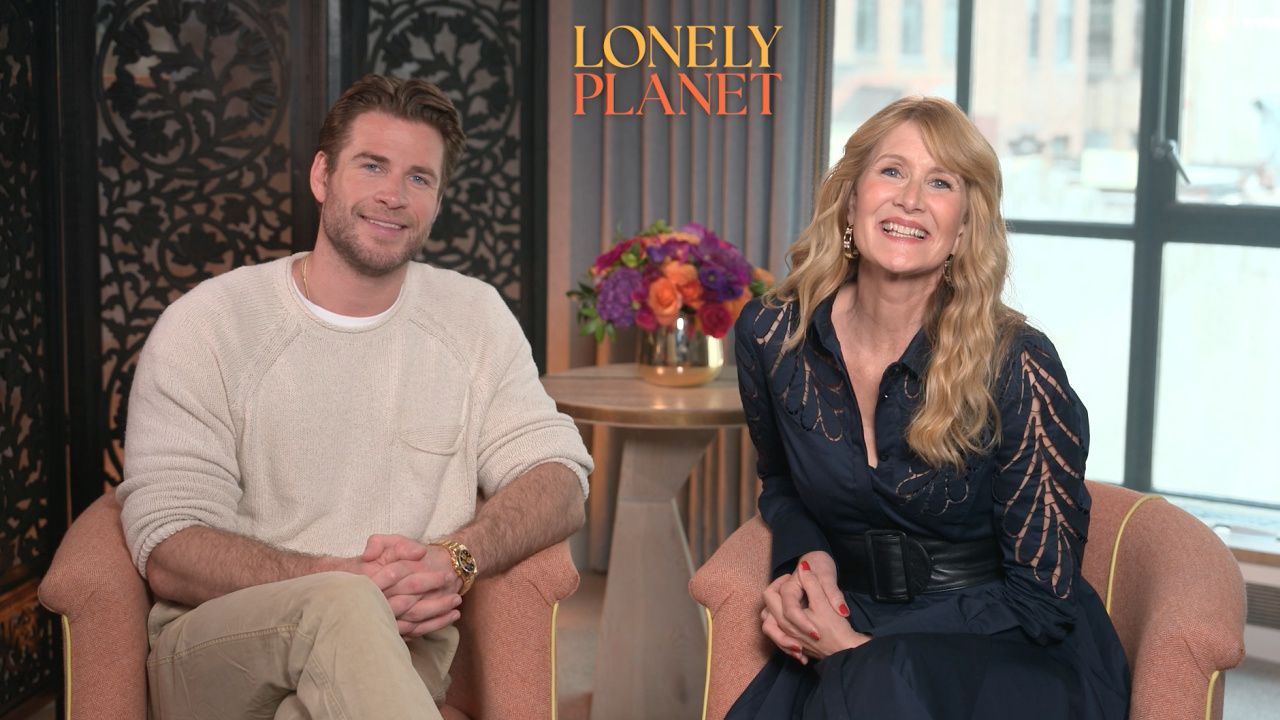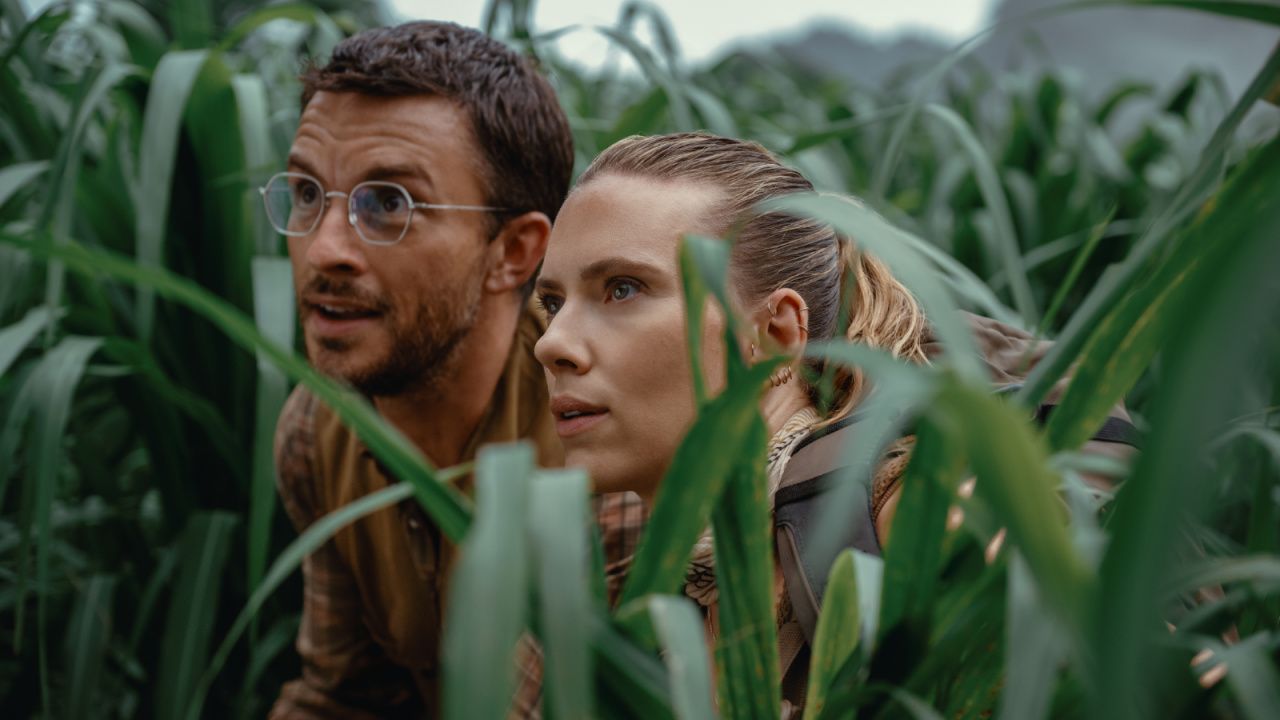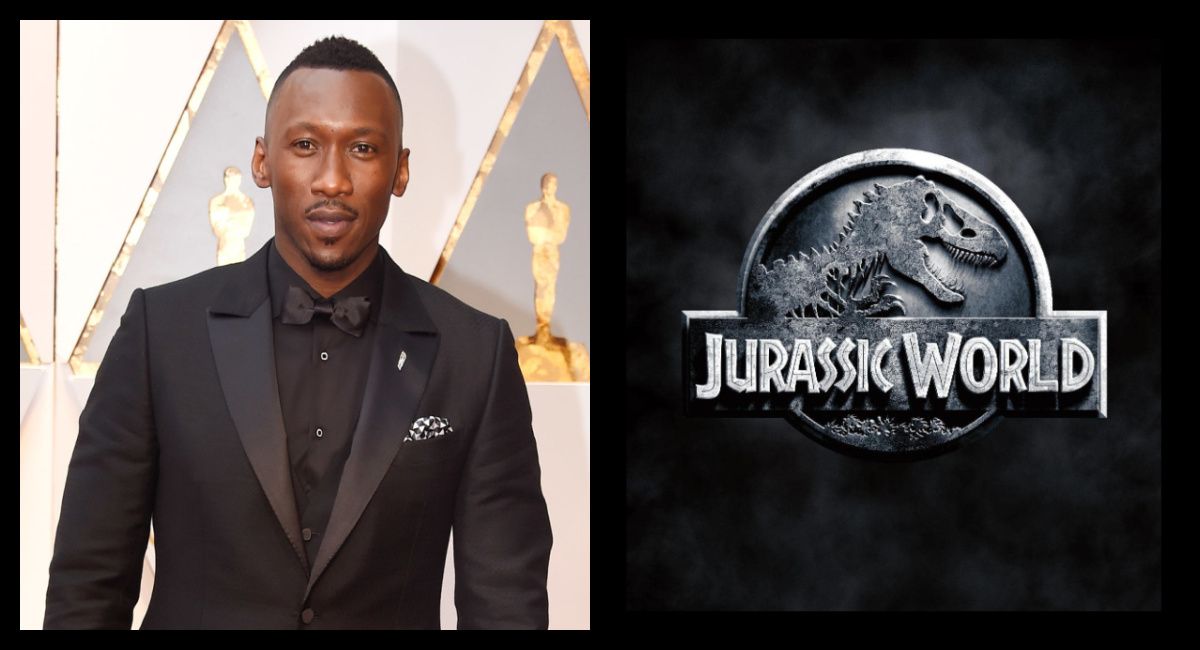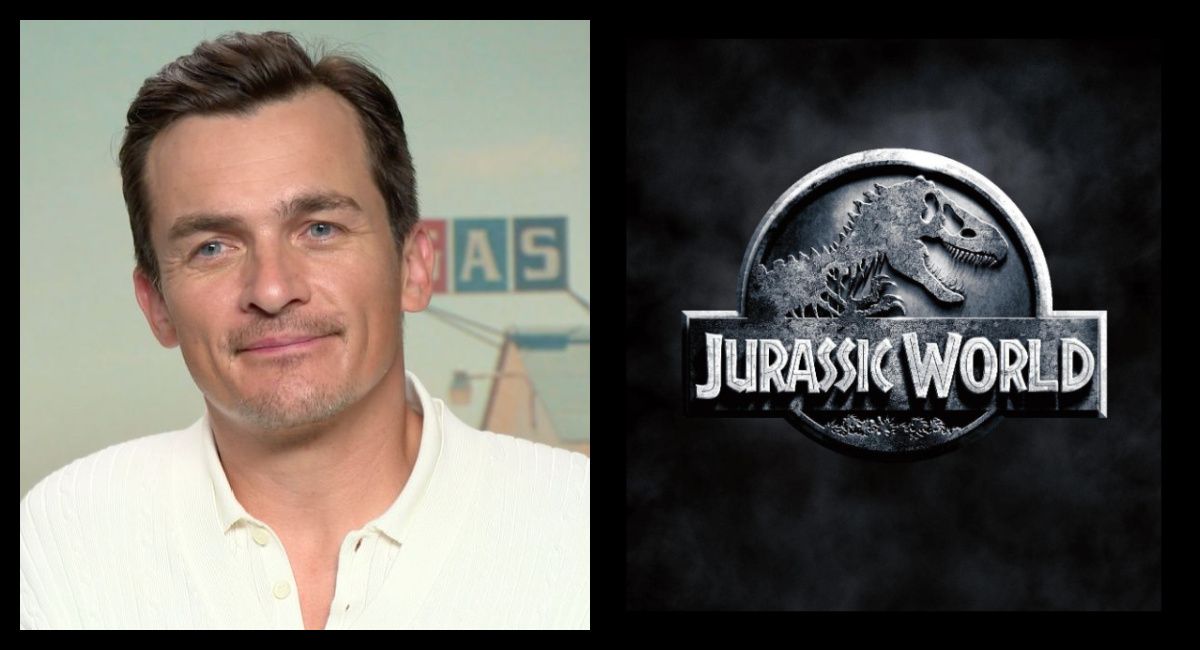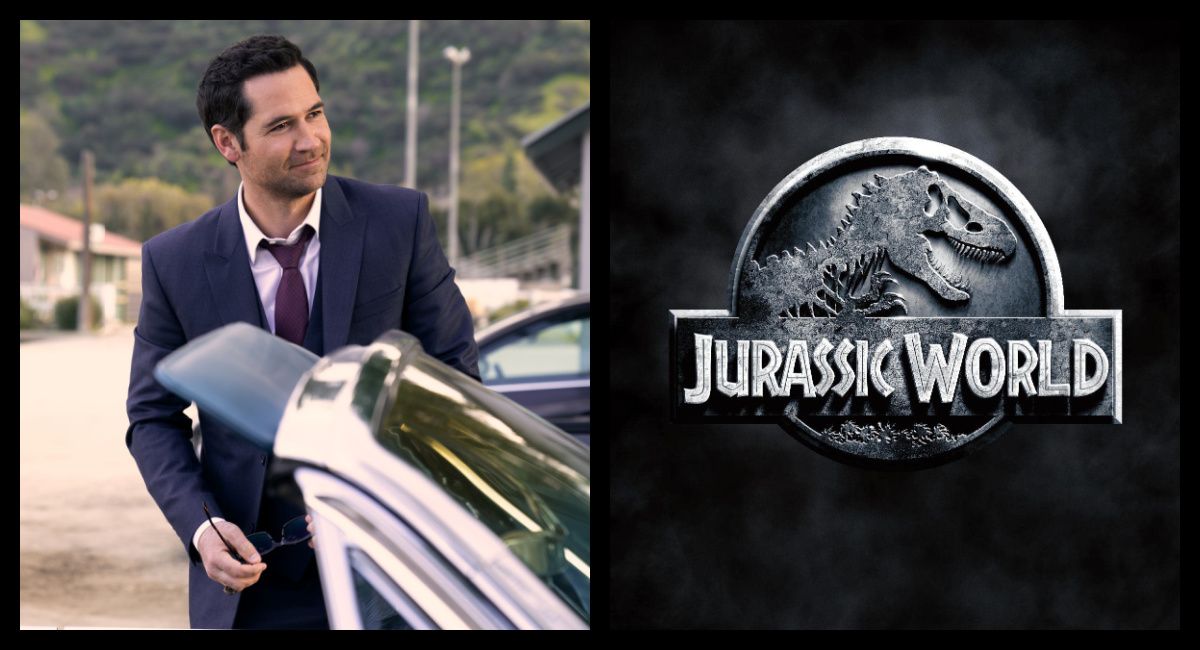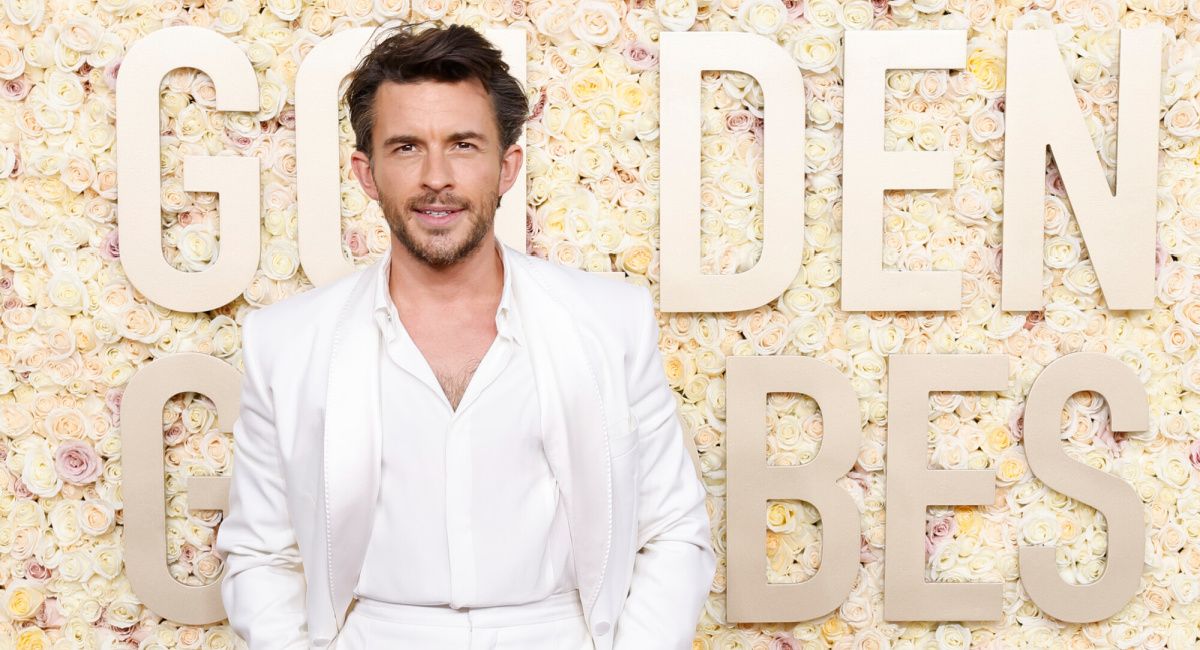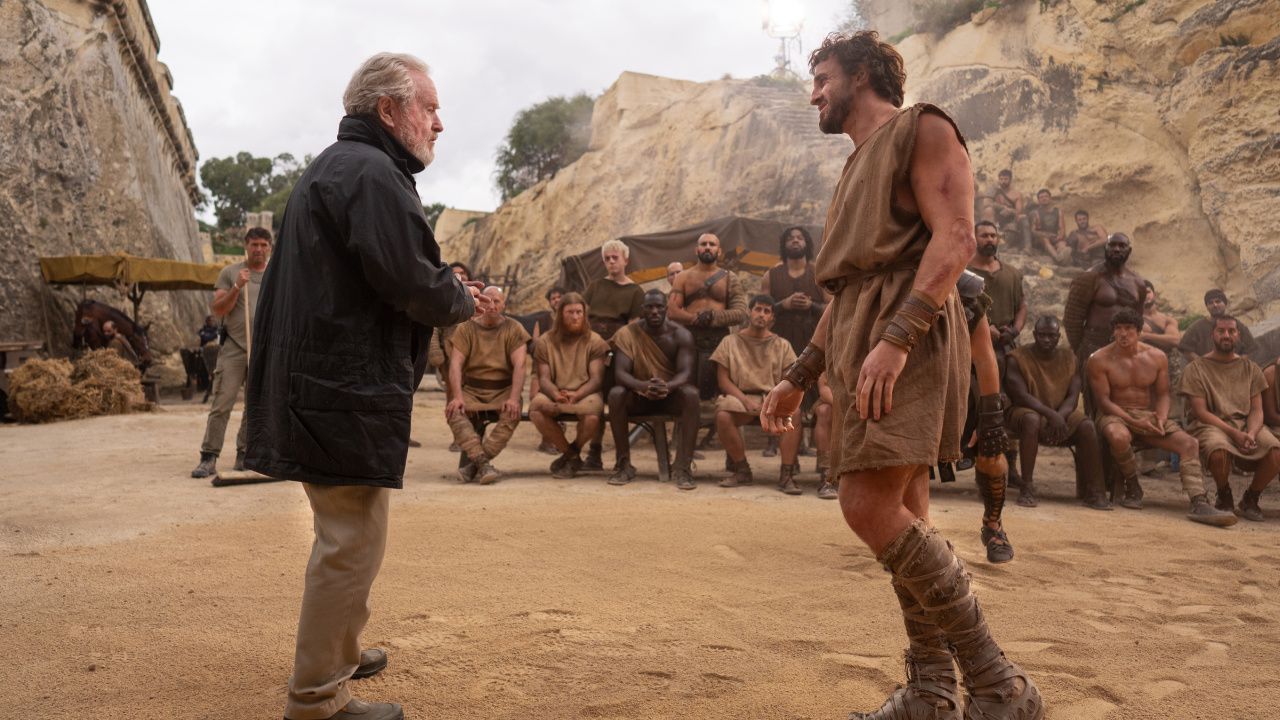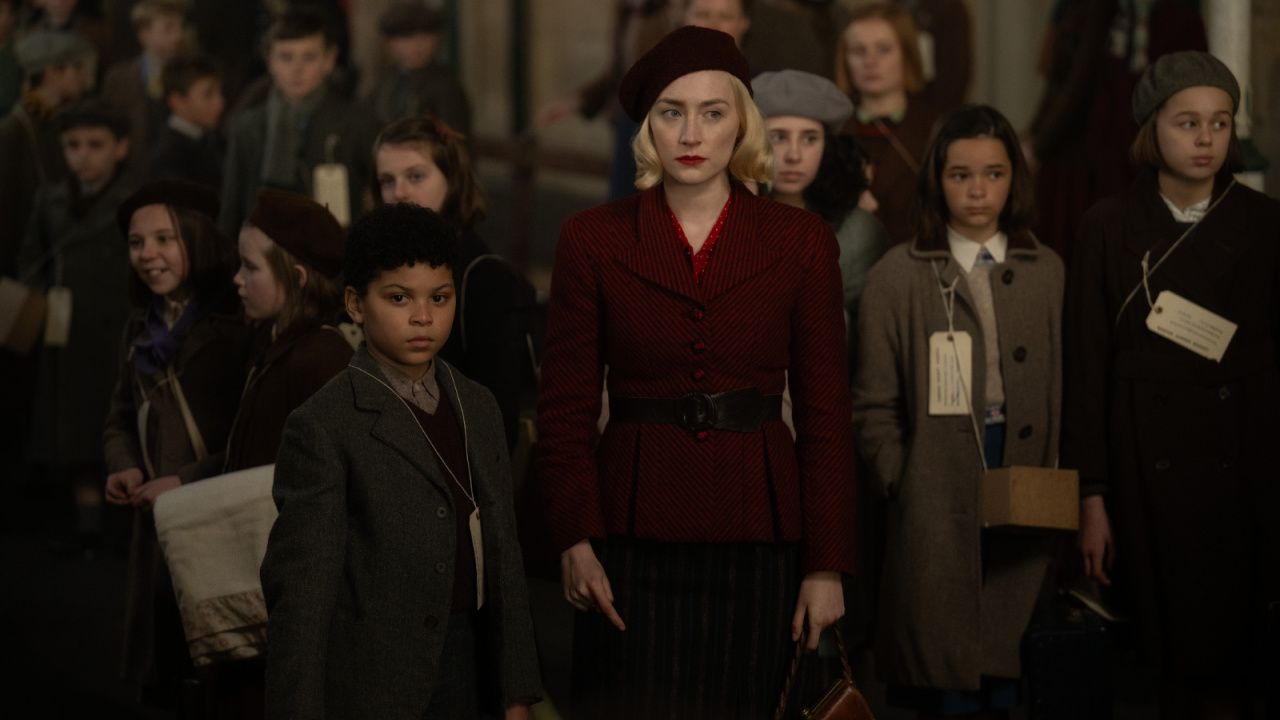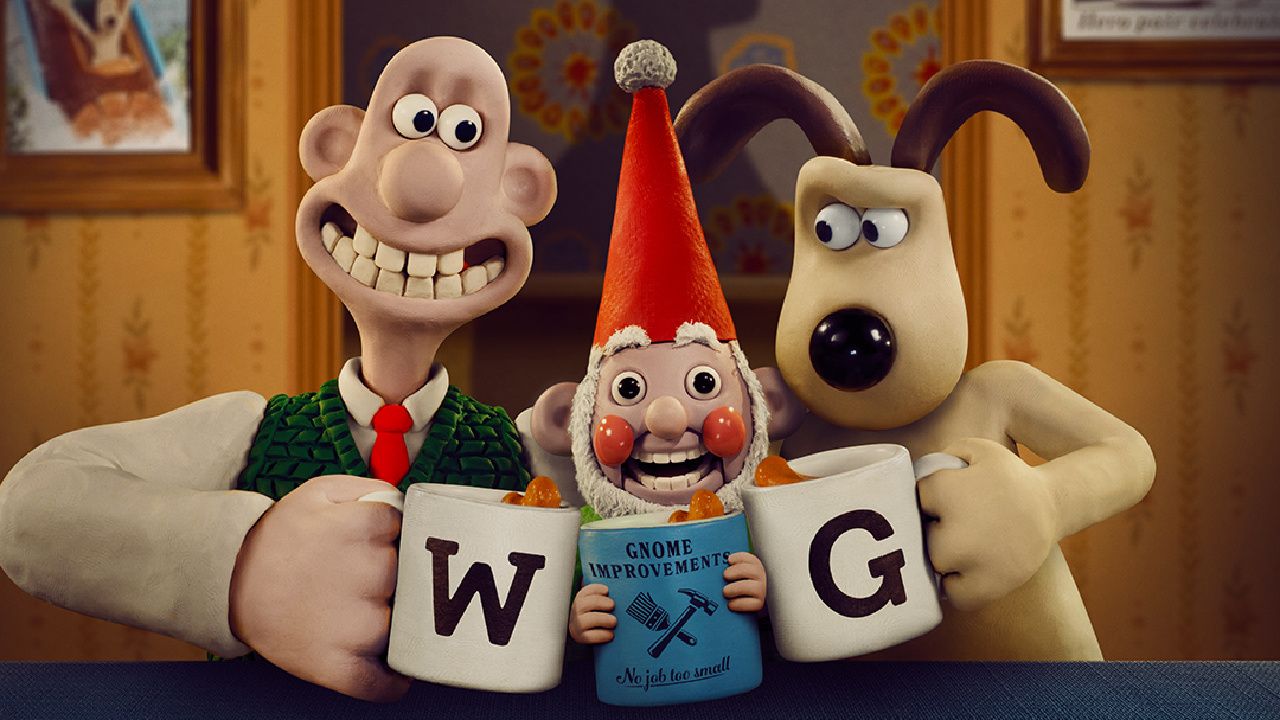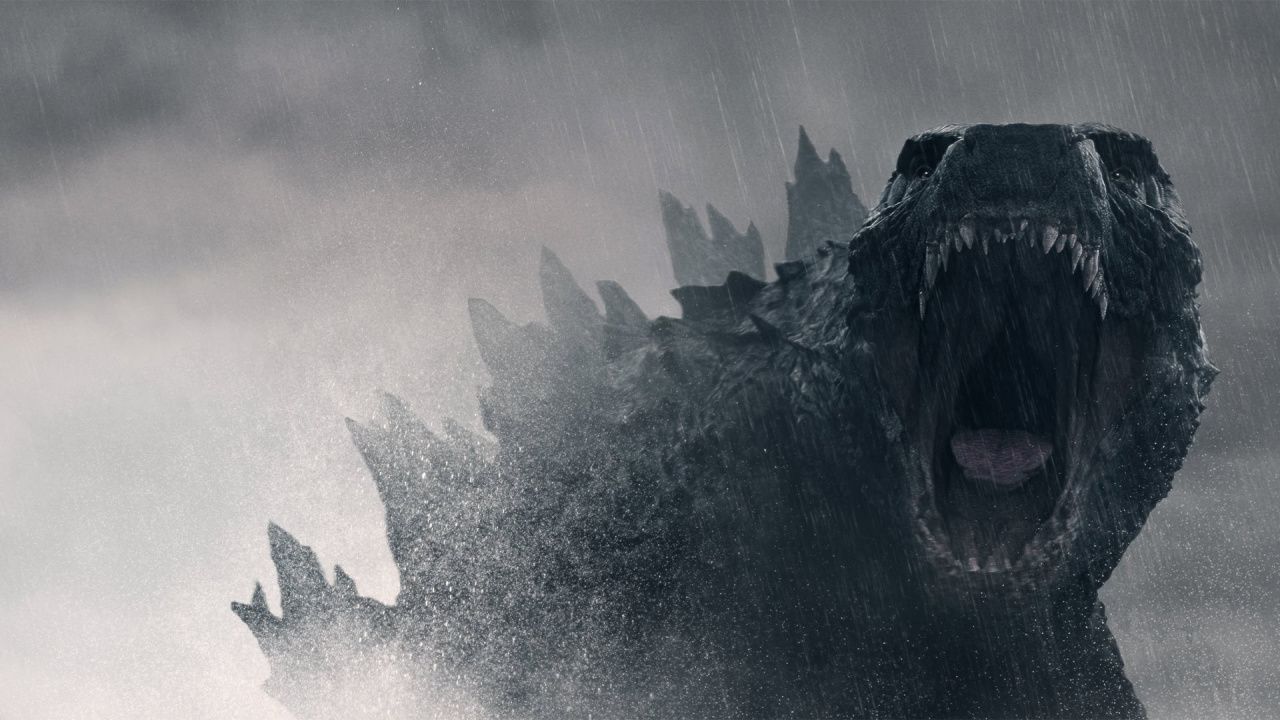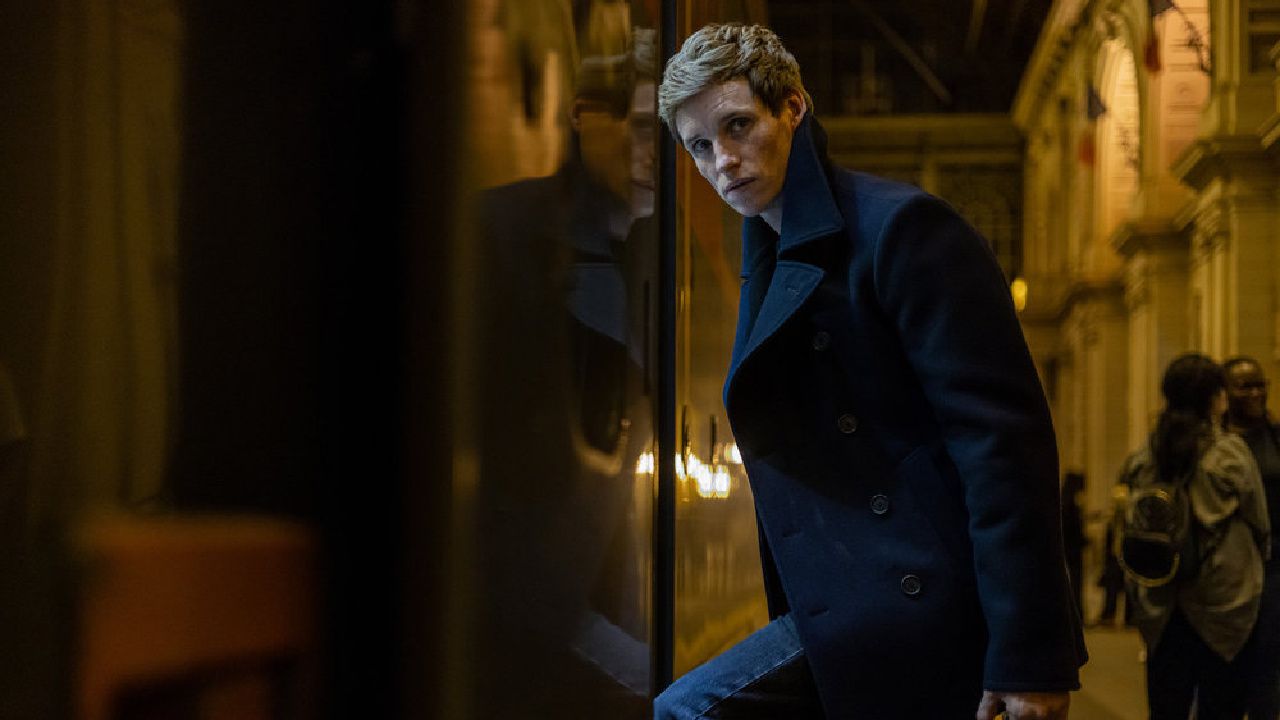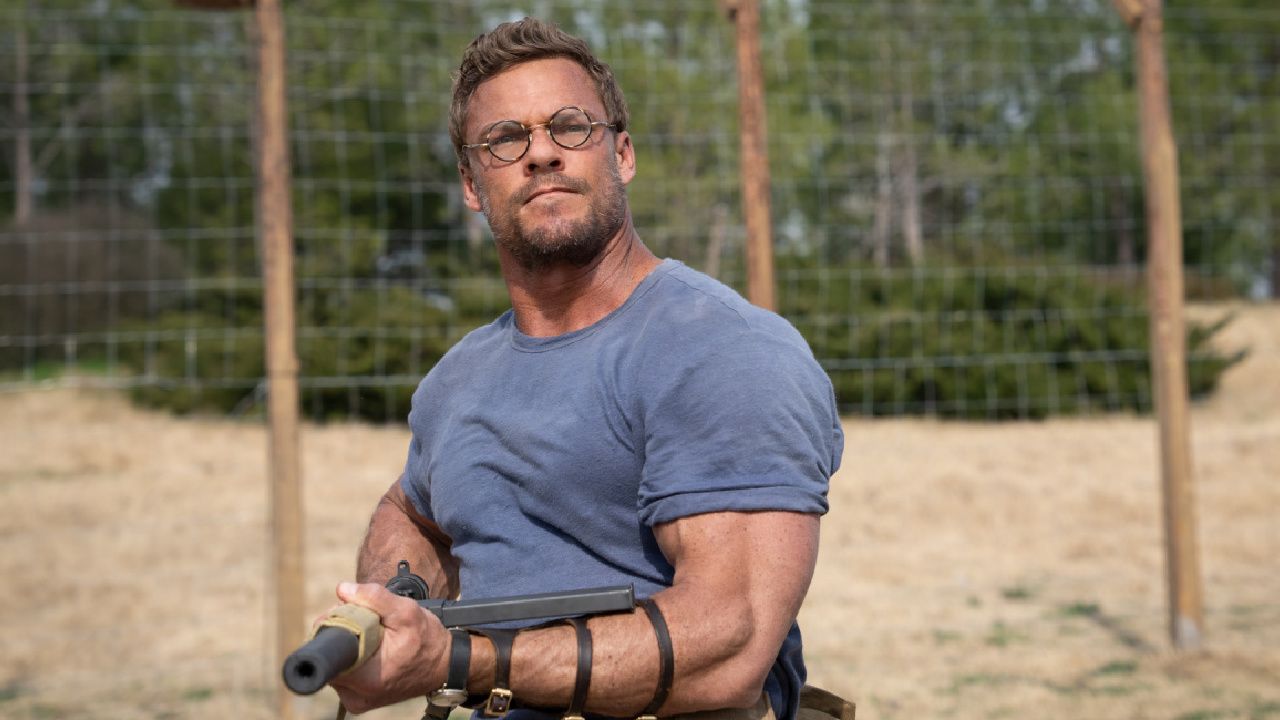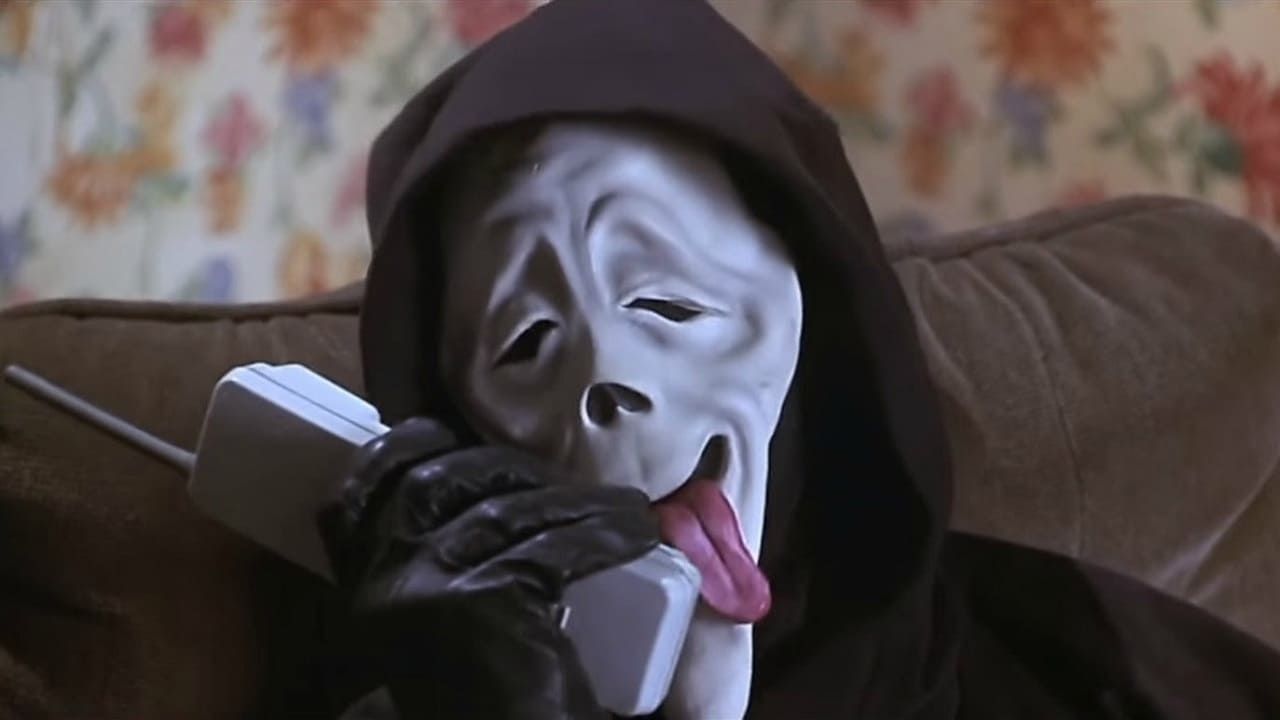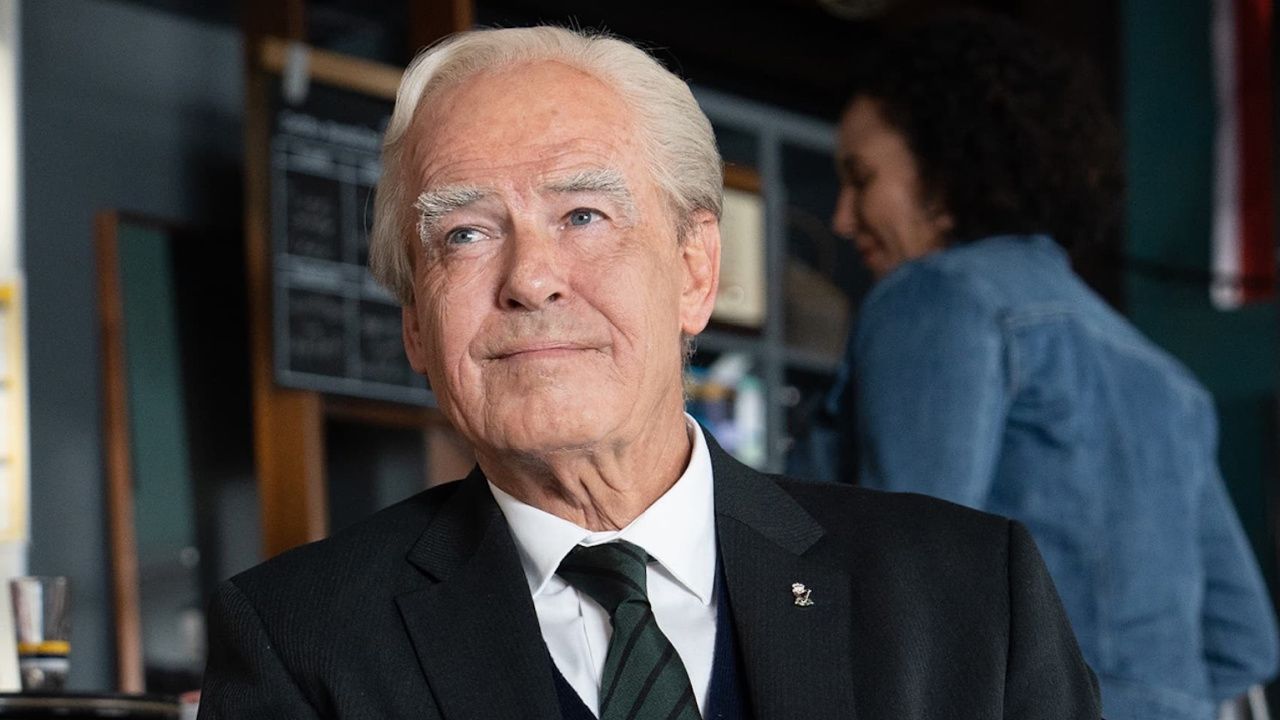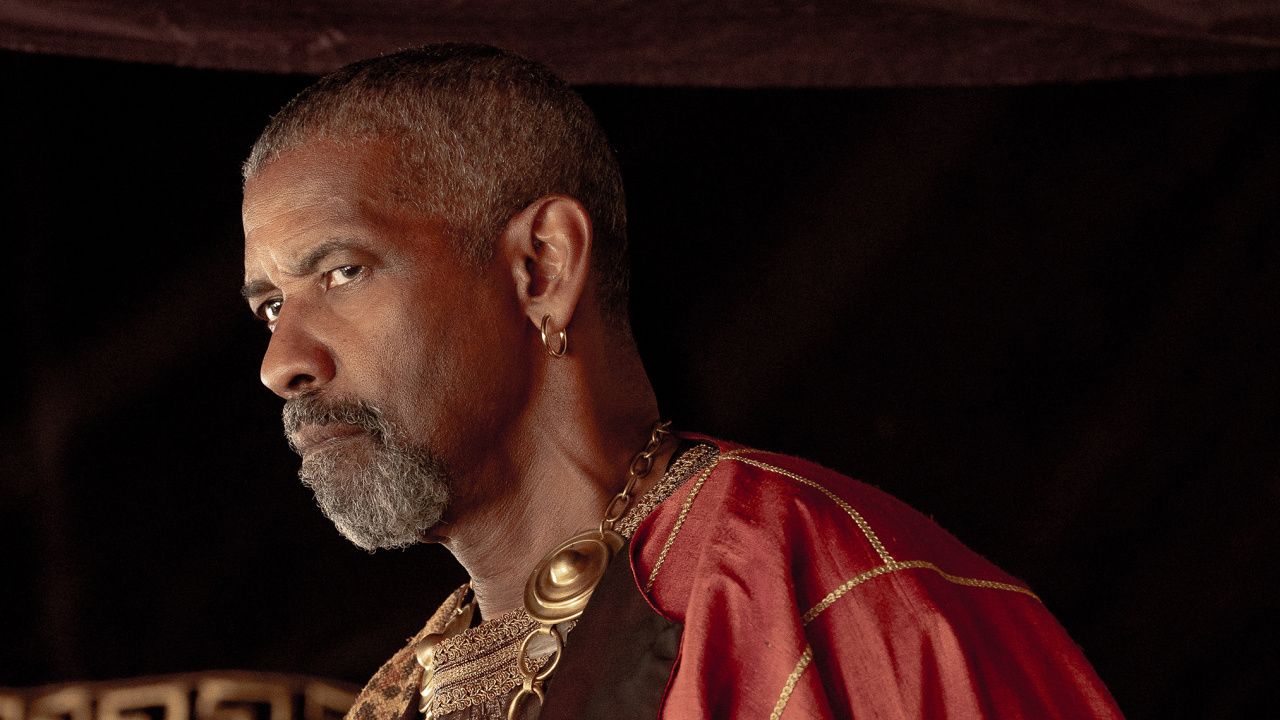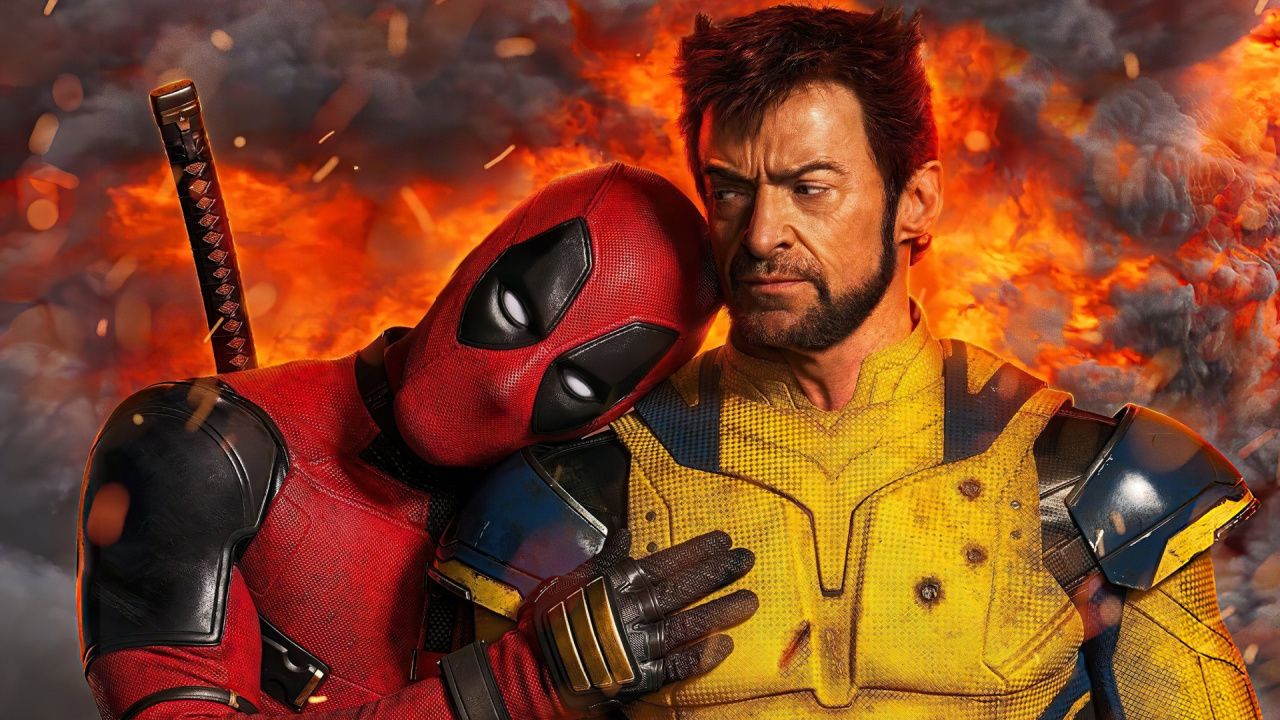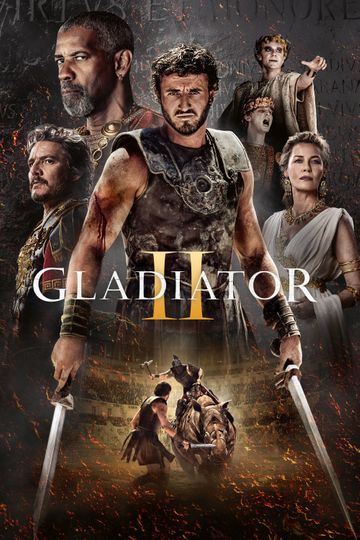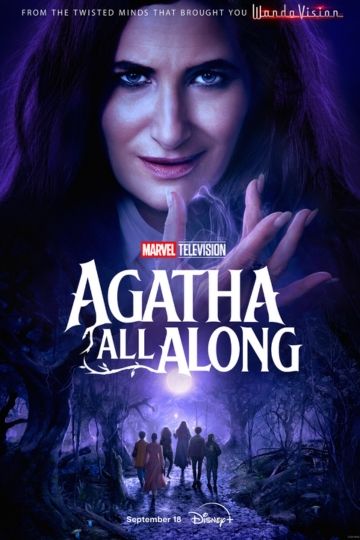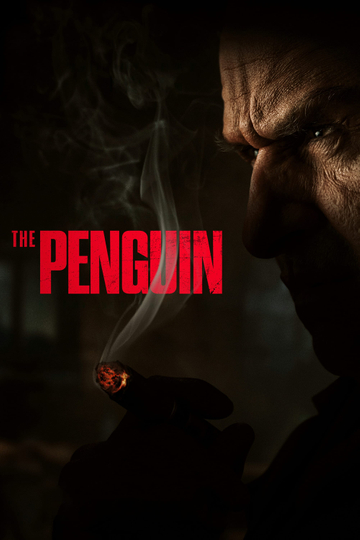10 Things We Learned at the 'Jurassic Park' 25th Anniversary Event
Moviefone attended the first night of the "Jurassic Park" 25th anniversary at Universal Studios in Los Angeles. There were Jurassic Park-themed cocktails, a costume contest, and even some stray dinosaurs.
Guests (but not press) got to see the original film on the big screen, plus the first ten minutes of the upcoming "Jurassic World: Fallen Kingdom."
"Jurassic World" director Colin Trevorrow emceed a panel of talent who worked on the first film as they reminisced about the groundbreaking special effects and the then-mind-blowing concept of creating the world's first CG dinosaurs.
Treverrow revealed: "This is a movie I saw when I was 16 years old. 25 years ago, Steven Spielberg brought Michael Crichton's book to life. It was something that changed many of our lives. It made a lot of us want to become filmmakers, like me. It made a lot of us want to become paleontologists and scientists. I cannot be more honored to be able to be here tonight. I'm just a deep nerd for this."
Here are all the cool things we learned from the panel with "Jurassic Park" assistant director John T. Kretchmer, cinematographer Dean Cundey (who also shot "Back to the Future" and "Apollo 13"), and visual effects supervisor Dennis Muren, whose work includes the first "Star Wars," "Raiders of the Lost Ark," and "Terminator 2."(Left to right: Colin Trevorrow, Dennis Muren, Dean Cundey and John T. Kretchmer)
1. Steven Spielberg didn't want to stop filming!
Kretchmer shares: "Steven didn't usually do more than seven takes, he did it like a television show -- he'd print one and he'd move on. But on the very last shot on the film, where Richard Attenborough is toasting with champagne, he did 20 takes. I finally take him by the elbow and tell him 'Steven, enough.' He says, 'You don't understand, this is my drug.' He was leaving to go shoot 'Schindler's List' in six weeks. It wasn't like he was going into retirement. It just increased my admiration for the man."
2. But Spielberg still wrapped the film in record time.
Recalls Kretchmer: "Steven was in a wonderful mood throughout the shoot. Part of the reason was that we kept gaining time. We finished the film 13 days ahead of schedule, which is unheard of for a film this complicated." Especially since, as Cundey shared, they had gone over schedule and over budget on "Hook."
3. The set was shut down due to a Category 4 hurricane.
Hardcore fans probably know that, on the final day of shooting in Kauai, the island was hit by Hurricane Iniki, the most powerful hurricane to strike Hawaii in recorded history.
Muren remembers that even that setback didn't dampen (sorry!) the mood on set: "The camaraderie of everyone working together under immense pressure -- during a hurricane [was amazing]! We had to go back later and shoot the Gallimimus sequence."
4. The T-Rex animatronic was huge -- and potentially deadly!
Kretchmer shared: "The T-Rex was the most remarkable thing I'd ever seen. It was a full-sized Tyrannosaurus Rex without legs. It was on a motion base, which was used for a flight simulation. It weighed, I think, three tons. We could only move it at night. It was an all-night process. It was the most amazing thing to see. Five or six puppeteers operate this thing that was called a Waldo, which was like a small version of the T-Rex. To see this enormous machine move, it was absolutely breathtaking."
Cundey got to operate the T-Rex -- for a minute: "I was kind of dumbfounded. I was completely amazed by this thing. To stand underneath a giant T-Rex and watch it move fluidly was amazing. I had to go over and try it. They let me go over to the Waldo. I moved it a little and they said, 'That's enough, that's enough!'"
Added Muren: "It was as dangerous as it looks in the film. I mean, it could have killed people." Luckily, unlike in the film, Rexy behaved and no one got hurt.
5. The T-Rex in the rain scene wasn't planned. In fact, they thought it would be a disaster.
Muren was promised there'd be no rain or water, which might hamper or even shut down the operation of the animatronic T-Rex. "First day of shooting, it's raining out here," he recalled. "So, now, here's the character who's not supposed to be in the rain. They're trying to keep the rain off of it, but water is still getting all over it. But it made the movie better." It's true. The T-Rex rain scene remains one of the movie's most iconic sequences.
6. That iconic final scene/shot was added last minute.
We almost didn't get that famous T-Rex scene in the film.
"At the end of the movie, the T-Rex comes back and kills the other raptors and then knocks the sign down. That's not in the script," shared Kretchmer. "Steven came to us when we were in the middle of the sequence and said, 'I think we have to bring the T-Rex back. The audience is going to want to see the T-Rex.' And he was absolutely right. But we hadn't planned for any of that. Michael Lantieri, who was our special FX genius on the show, had to rig that in 24 hours. And they pulled it all together. It was a testament both to Steven's genius, Michael's genius, Stan Winston's genius, and Dennis's genius. And then Dean, for shooting it beautifully."
Muren added, "That whole ending, there was no other way to do it. That was all CG. That was just winged on the set that day. I never knew we could get that close on the T-Rex -- or even a raptor -- and have it hold up. I thought, 'At some point, this is gonna start looking CG.' But we did it."
7. "King Kong" star Fay Wray visited the set.
"Stan Winston brought Fay Wray, who was in the original 'Kong Kong,' to the set," Krerchmer said. "She was in her late 80s. Still beautiful. I introduced myself and I asked her, 'What do you think of this T-Rex?"' She said, 'Well, I wish we'd had this on 'King Kong!'"
8. Cinematographer Dean Cundey has a cameo in the film.
Kretchmer pointed out: "You guys all know that Dean played the ship captain that Nedry (Wayne Knight) talks to on the dock, right? He's a much better cameraman than he is an actor," he added, which Cundey laughingly admitted was true.
9. No one saw the CG dinosaurs until halfway through the film
As you probably know, the original plan was to use stop-motion for the dinosaurs. Kretchmer recalled the moment when Dennis came to a meeting and said, "I know we were going to do this with rubber dinosaurs and stop-motion, but we think we can do this in the computer." And everyone said, "The computer?"
"It wasn't until we were more than halfway through the movie that we started to see finished dinosaurs," said Kretchmer. "The brontosaurus eating was the first shot we saw. You look back at the movie and realize nobody had done it before. When we saw that first shot of the Brachiosaur, it was as revelatory to us as it was to you when you saw the film for the first time. At that moment, we all knew this was going to be a terrific movie. We thought we were doing a great movie, that moment really cemented it."
10. Everyone thought they might have to do stop motion after all.
Cundey shared, that in case the CG didn't pan out, "The backup was [stop-motion expert] Phil Tippett. We were going to use blurs with the stop motion to make them look better. It would have looked better than any stop motion that had been done. But it wouldn't have been anywhere as good as 'Jurassic' was."
Tippett, by the way, wasn't out of a job. "He [oversaw] the animation," shared Cundey. "He adapted so quickly. And the animation is so great because of him. He understood movement. And that it wasn't about the tool, it was about the artistry."
Added Kretchmer, "I think Phil Tippett, who really thinks he is a dinosaur, was hugely instrumental in making the creatures move correctly and look correct."

